View the schedules by room
| Hora | Class | Source | Bytecode |
|---|---|---|---|
| 09:00am - 10:05am | Registro | Registro | Registro |
| 10:00am - 10:20am | Inauguración | ||
| 10:15am - 10:45am | Keynote by Zillow | ||
| 10:45am - 11:15am | Organizacion de Sala | ||
| 11:15am - 11:55am | Kotlin y JVM: Legibilidad que Enamora, Bytecode que Duele Jose Luis Somilleda Ventura | Optimizing the containers on behalf of your Java applications Victor Jimenez | Kotlin for Data Science Dinorah Tovar |
| 12:00pm - 12:45pm | Anatomy of the JVM Daniel Gongora | JConf Team TBA Kim Escobedo | El debug definitvo: salir de la zona de confort Yaslie Chávez |
| 01:00pm - 01:45pm | Beyond Testing: How to be sure your Java program *really* works! Frank Zeyda | Java to scala, your functions don’t lie Miguel Angel Ramos Guzmán | OpenTelemetry para todos. Isaac Ruiz Guerra |
| 01:45pm - 03:00pm | Lunch Break | Lunch Break | Lunch Break |
| 03:00pm - 03:45pm | Verdades y Mitos de los MCP Servers. Vamos a crear uno en Java. Rolando Carrasco | Helidon 4 en Kubernetes: Lecciones Reales, Retos y Casos de Uso en Producción Jesús Aguirre | Productividad del desarrollador para aplicaciones GenAI Eddú Meléndez Gonzales |
| 04:00pm - 04:45pm | El Impacto de la Nube en el Desarrollo de Software con Java Gerardo Lucas | Shift Left Security with DevSecOps: From Code to Cloud Jaime Omar Montero Aguilar | 30 años programando: lecciones aprendidas Enrique Zamudio |
| 05:00pm - 05:45pm | Arquitecturas Modernas en Java: Hacia Servicios Escalables y Flexibles Domingo Suarez Torres | Streamlining your web testing with Playwright and JUnit Gustavo A. Bonilla | Patrones de performance web para backends Joel Humberto Gomez Paredes |
| 06:05pm - 06:35pm | Clausura | Clausura | Clausura |
| 06:35pm - 09:35pm | Networking | Networking | Networking |
Meet the people who will be sharing their knowledge at our event.

Utopian code typer. Java Champion. Loves to teach and share his knowledge.
En esta charla técnica profundizaremos en los estilos de arquitectura moderna que son tendencia en el desarrollo de servicios Java. Veremos cómo se han transformado las aplicaciones empresariales tradicionales hacia modelos más escalables, elásticos y orientados a la nube. Exploraremos diseños como microservicios, arquitectura hexagonal, arquitectura limpia y conceptos clave como Domain-Driven Design (DDD), todos ellos aplicados específicamente al ecosistema Java.
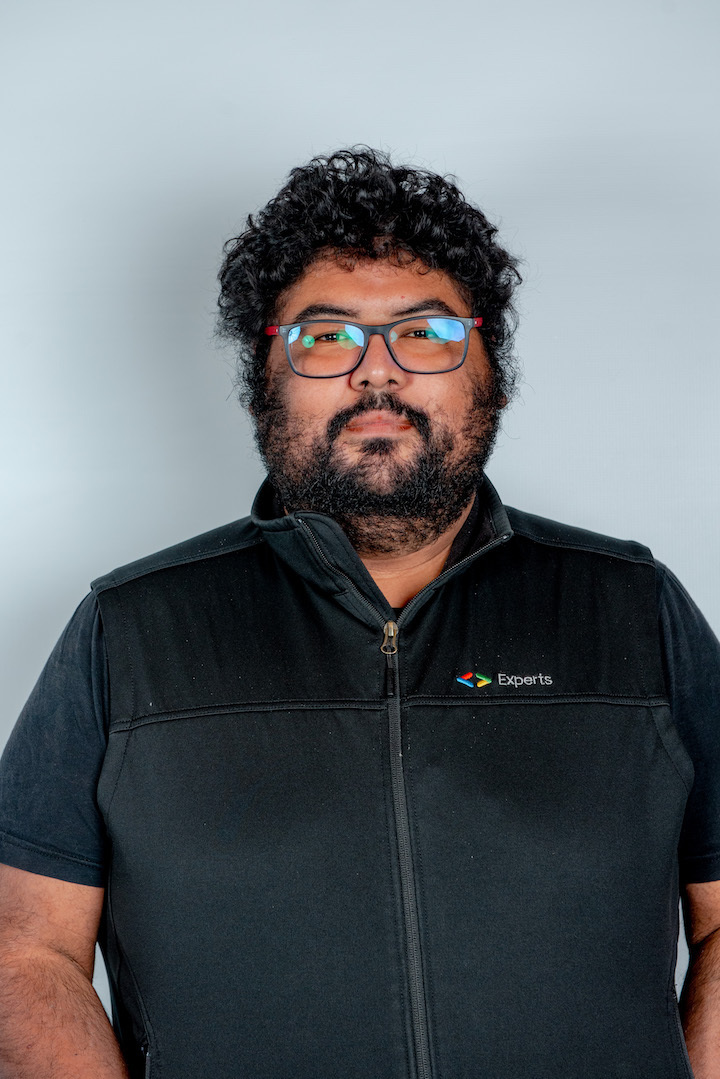
Frontend Developer at Platzi, FullStack JS Developerk, GDE on Web Technologies and Google Maps Platform. Pokemon master, corgi fan and taco lover.
En esta plática hablaremos sobre web performance, core web vitals y otras métricas como Time To First Byte y como estas afectan al SEO y a la UX del producto. Como el entender estas métricas pueden apoyarnos a crear mejores APIs e infraestructura a nivel backend. También abordaremos sobre patrones de renderizado y como estos pueden afectar las decisiones al crear nuevas fuentes de datos
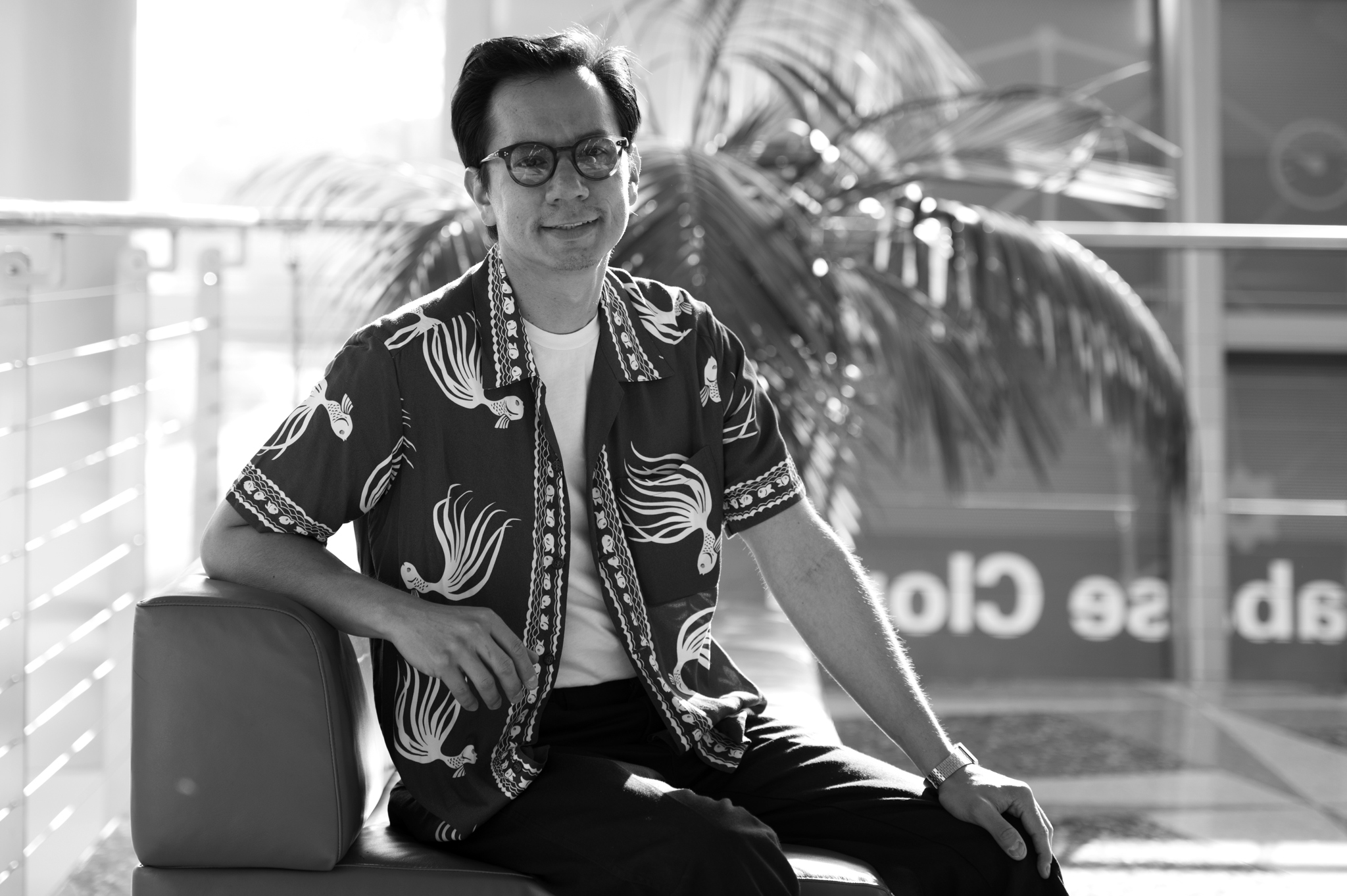
Rolando Carrasco is a technology enthusiastic whose work has been focused on Services Orientation, Distributed Systems, Integration, Event Driven Architecture. He has over 20 years of experience in the IT industry and has worked for companies like HP & Oracle. Rolando is a constant speaker in international conferences and a constant contributor within the community with blogs, videos, webinars, podcasts, presentations, and event coordination.
Da tus primeros pasos para crear un MCP Server usando Java. Familizarizate con los conceptos del Model Context Protocol. No te dejes llevar por las ideas de que el MCP es un reemplazo de protocolos actuales. En la sesión vamos a dar una explicación de porqué es relevante el MCP, pero al mismo tiempo le daremos su lugar en las arquitecturas emergentes. Igualmente haremos un recorrido en la historia de la integración de aplicaciones e identificaremos los conceptos que han inspirado al MCP. También hablaremos de su relevancia en arquitecturas orientadas a agentes y, sobretodo, aprenderás a cómo crear un MCP Server y un MCP Client con Java desde cero. La sesión no solo te llevará por conceptos teóricos, sino que haremos una demostración práctica para que tengas forma de replicar los conceptos por tu propia cuenta.

Passionate professional dedicated to building and growing collaborative tech communities, optimizing developer experience, and scaling platforms. Specialist in Java-based systems with a strong focus on scalability, performance, and maintainability. Actively engaged in the CNCF ecosystem, driving innovation through practical cloud-native solutions.
Descubre cómo llevar Helidon 4 a producción en Kubernetes. Exploraremos lecciones aprendidas, retos enfrentados y casos de uso reales con Eclipse MicroProfile, bases de datos y servicios externos. Una charla con insights clave para optimizar distintas cargas de trabajo en el mundo real. Helidon 4, basado en Eclipse MicroProfile, es una opción poderosa para microservicios en Kubernetes. En esta charla, compartiré lecciones aprendidas, retos enfrentados y casos de uso reales en producción, desde integración con bases de datos hasta consumo de APIs externas. Una sesión práctica con insights clave para optimizar distintas cargas de trabajo.
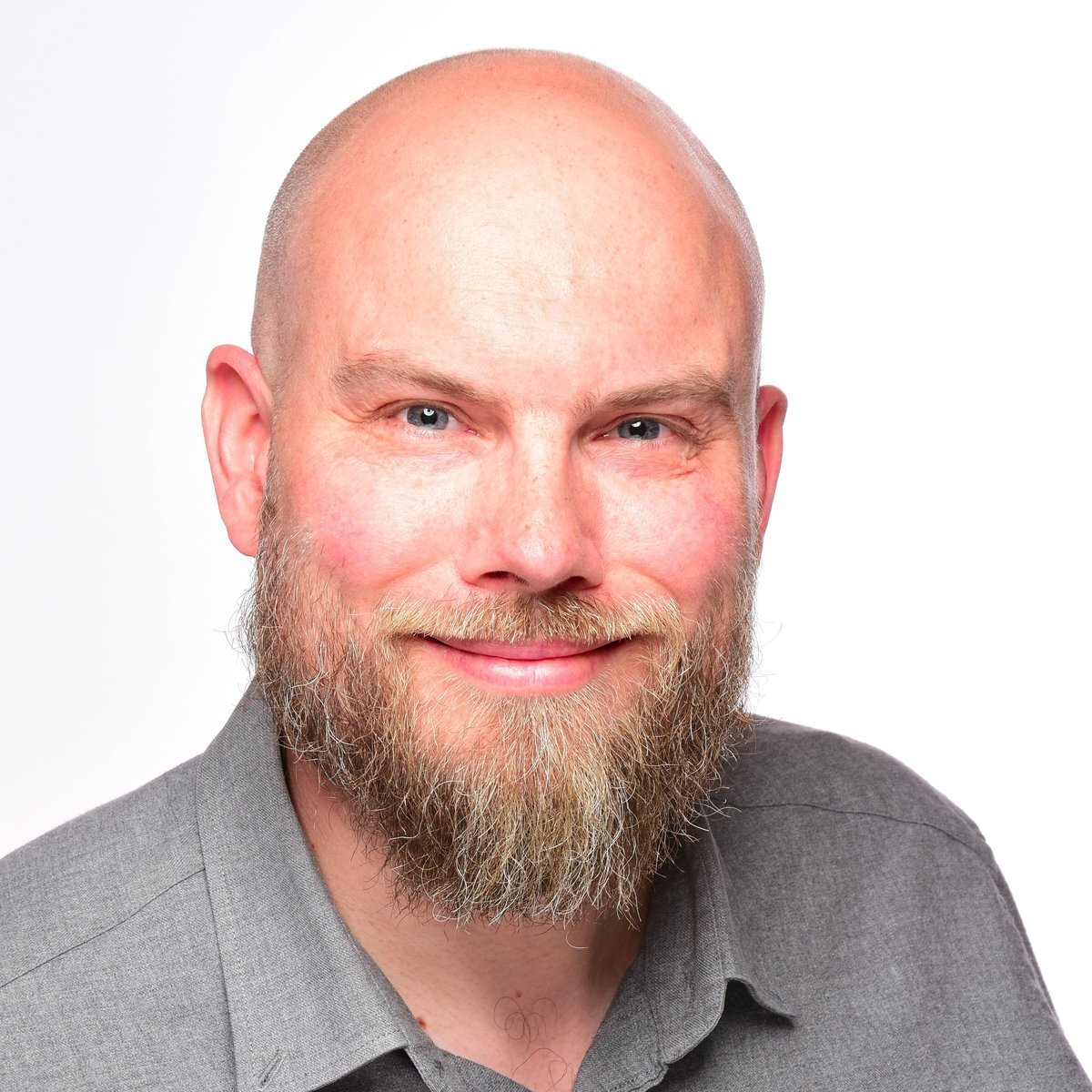
Frank Zeyda is experienced in both academia and industry, with significant contributions to Formal Methods, programming semantics, and automated theorem proving through funded research. He has also applied formal techniques to verify safety-critical avionic systems under standards like DO-178C. Currently, he consults for Galois, Inc. and Free & Fair, PBC, and organizes the Embedded Systems Geeks (ESG) group meetups in Guadalajara.
After a hard day of work in the office, a genie appears and offers to grant you three wishes if the last ten lines of code your wrote today are correct. Otherwise, she'll send you to purgatory where you will have to debug software faults until you have sufficiently repented your sins. Would you take the gamble? Upon closer inspection, is the challenge even well defined? What does correct mean? Who will be the ultimate judge of that? In this talk, I like to survey a few techniques that enable us to produce code that in a very precise mathematical sense is correct. There exist a wealth of available techniques, tools, and domain-specific languages now to do just that and some of them are applicable to Java and JVM-based languages as well. I am hoping to discuss some examples related to cryptography, showing how to turn cryptographic specifications for Elliptic Curves into trustworthy Java code.
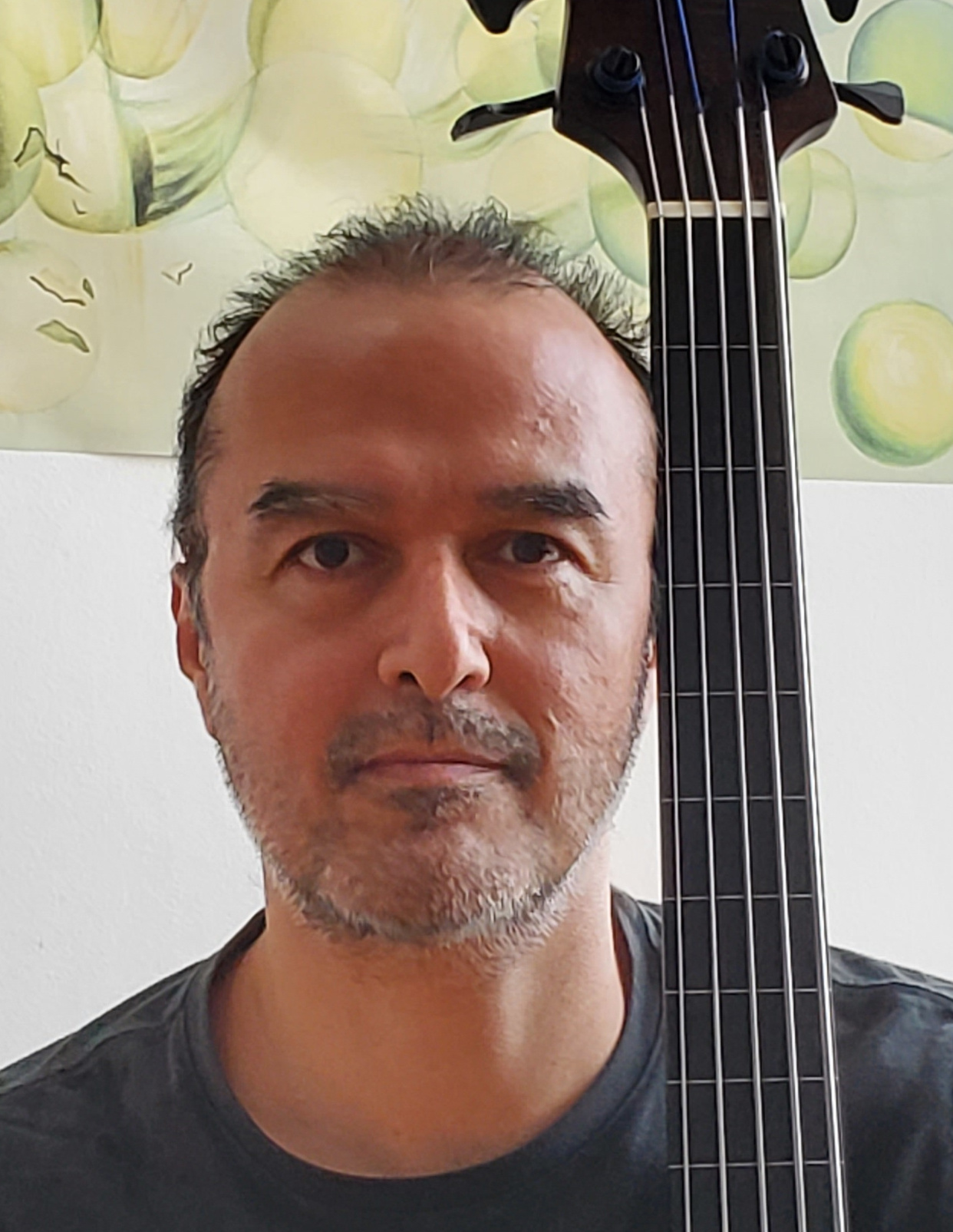
Professional programmer since 1994 based in Mexico City, has specialized in Java server-side development since 2000, focusing on backend applications like e-commerce and payment transactional switches. He authored the open-source projects jAlarms, j8583, and ScalaSQL. From 2012, he was a core team member of the Ceylon Language project, contributing to its modules, web IDE, JVM compiler, and leading the Ceylon-to-JavaScript compiler. He joined Bitso in 2017 and is currently a Principal Engineer there.
I have been programming for 30 years now. During this time I have learned many lessons about work, code, software, tech in general. I would like to share some of these with others. Also, I would like to point out some cyclic patterns I have noticed throughout all these years; I think software history is poorly documented and so we as an industry keep making the same mistakes.

7 years ago I started working with Java 6,7 barely understanding the language structure, then I moved to the mythical and immortal v8 and springboot at the same time, I learn a lot about best practices related to v8 and start creating “functional code” with the lambdas and the stream.anything, after many years of use foreach and maps without know what I was doing but looking great doing I learned scala and it has been my main language last 2 year's.
My own experience in the transition from Java development to scala functional, how to create pure functions that fulfill the 3 rules returns single value, calculates the return value base on parameters only, don’t change any foreign scope values or parameter. Functions as parameters or values.
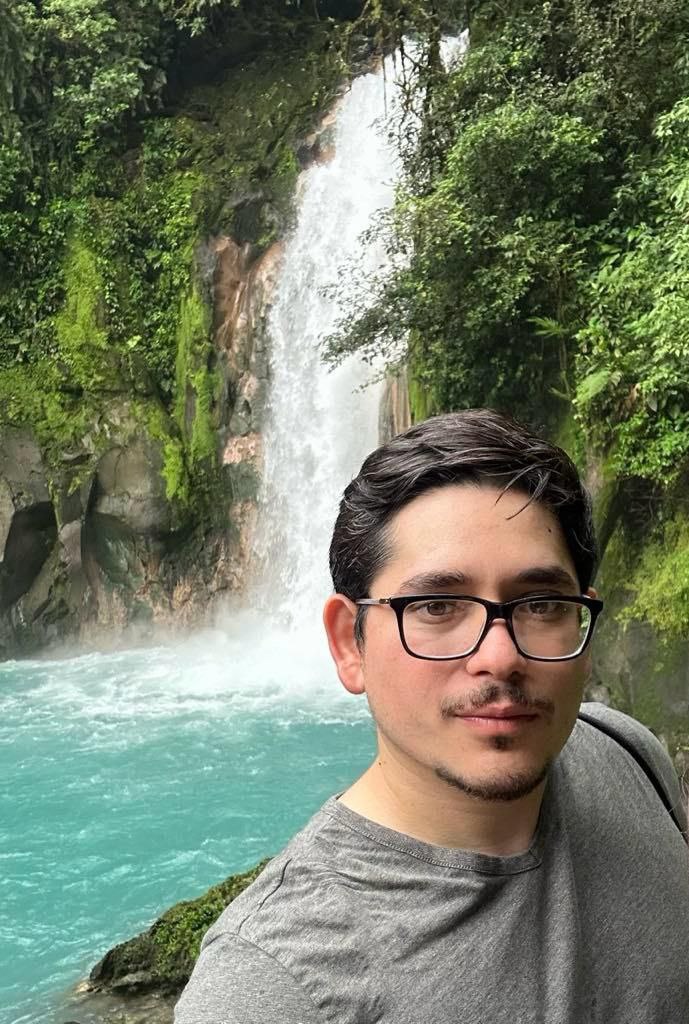
I'm Daniel Gongora, a passionate Software Developer Engineer at Zillow, where I specialize in Android Mobile platform development. My journey in technology began with a Bachelor's degree in Computer Systems Engineering from the Mexicali Institute of Technology, with a focus on Mobile Application Development and Design.
This original talk was given by a Jetbrains Engineer named Nikita Lipsky. I've spoken directly with him to give me permission to translate the talk to Spanish and give it at this conference. This talk is comprehensive overview of the internal workings of the Java Virtual Machine (JVM). The presentation covers the journey of a Java program from bytecode in class files through class loading and linking, including bytecode verification. Lipsky explains how the JVM executes code using both interpreters and just-in-time (JIT) compilers, and delves into essential subsystems like reflection and JNI. The talk also discusses Java's multithreading model and the critical aspects of memory management and garbage collection, including different algorithms and the reduction of stop-the-world pauses. Finally, it touches upon JVM monitoring tools and highlights various concrete JVM implementations like Hotspot and others. The original talk can be viewed in Youtube at: https://www.youtube.com/watch?v=BeMi8K0AFAc". I will also be showing a small 5 second video of the original speaker (Nikita Lipsky) saying hi to the audience.

Yaslie, de 20 años, forma parte de la comunidad Chavos que Inspiran de BBVA, que la ha apoyado a desarrollarse en muchos aspectos. Cuenta con experiencia en atención al cliente y trato directo con personas, destacándose por su empatía y habilidades comunicativas. A lo largo de su vida ha cultivado una fuerte pasión por la tecnología, combinándola con su amor por los videojuegos, el anime y el café. Su perfil refleja una mezcla entre lo humano y lo digital, siempre buscando aprender, conectar y crecer en entornos dinámicos e innovadores.
Cuando pensamos en programar, lo primero que nos viene a la mente son líneas de código, algoritmos y café a las 3 a.m. Pero hay un problema en nuestra mentalidad si creemos que ser buen programador solo se trata de escribir código. Así que abriremos la caja de pandora: las soft skills. Porque sí, saber debuggear un sistema es clave, pero también hay que aprender a debuggearnos a nosotros mismos. Salir de la zona de confort no es opcional en este mundo de la tecnología que cambia más rápido que las tendencias en TikTok. Adaptabilidad, comunicación, trabajo en equipo y creatividad son las herramientas que nos permiten crecer como desarrolladores y como personas. Depuremos esos miedos e iniciemos juntos este viaje hacia nuestra mejor versión.
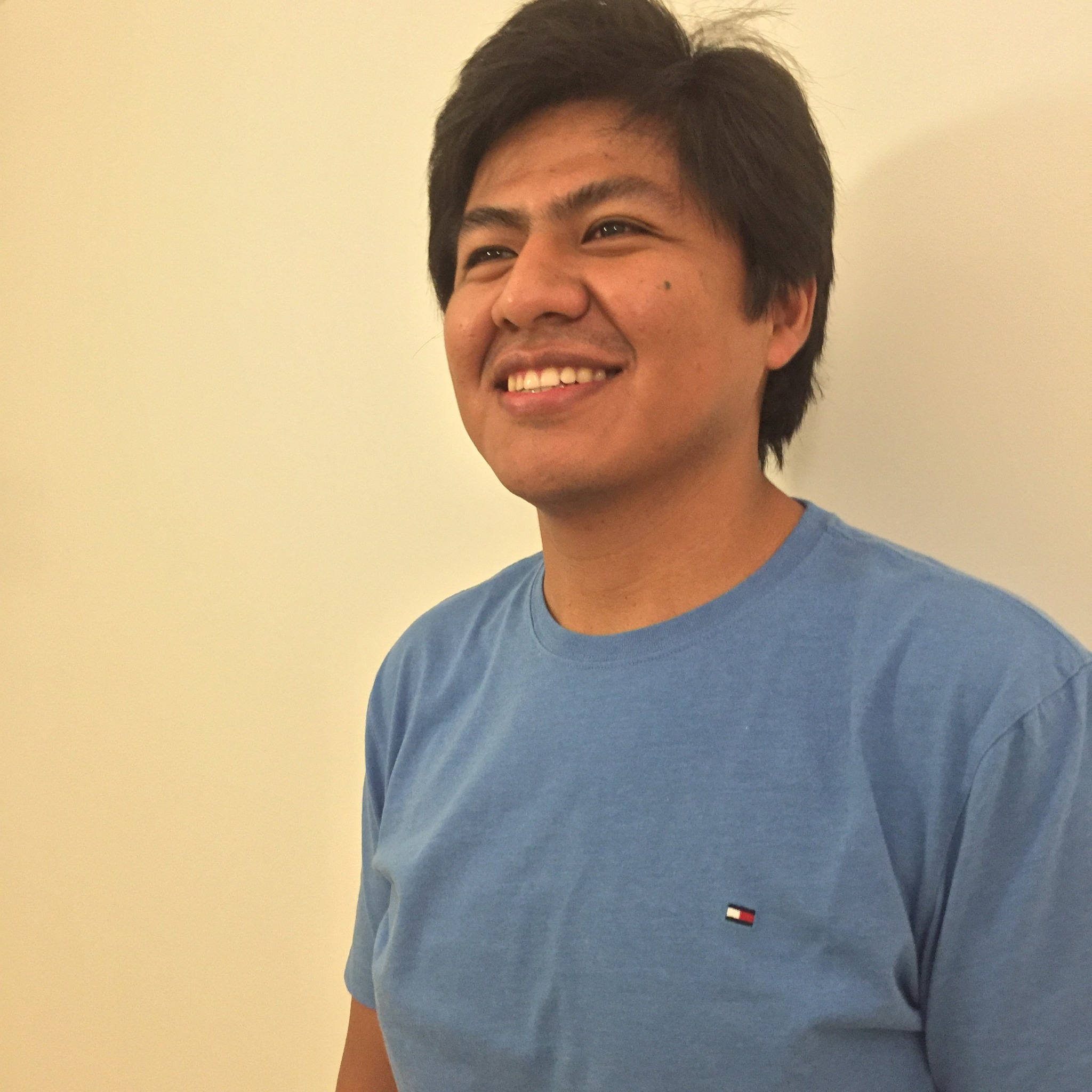
Staff Software Engineer at Docker, Testcontainers maintainer, Open Source Contributor and Java Champion.
El panorama de la inteligencia artificial generativa (GenAI) ha crecido enormemente en el último año, con muchas tecnologías y enfoques que los desarrolladores de aplicaciones deben dominar para incorporar IA en sus apps empresariales y para usuarios finales. Sin embargo, es necesario poner más énfasis en habilitar flujos de trabajo estándar de desarrollo de software: pruebas, aseguramiento de la corrección y eficiencia de RAG, entornos de desarrollo local y configuraciones de CI, y seguridad de los artefactos de LLM. En esta sesión, exploramos cómo los desarrolladores de aplicaciones pueden realizar pruebas de integración de sus apps GenAI utilizando modelos locales, complementados con RAG tanto localmente como en entornos de integración continua. Aprenderás cómo gestionar programáticamente las configuraciones para apps GenAI en el ciclo interno de desarrollo, y cómo nuevas herramientas pueden integrarse en flujos de trabajo típicos de desarrollo sin afectar la productividad del desarrollador.
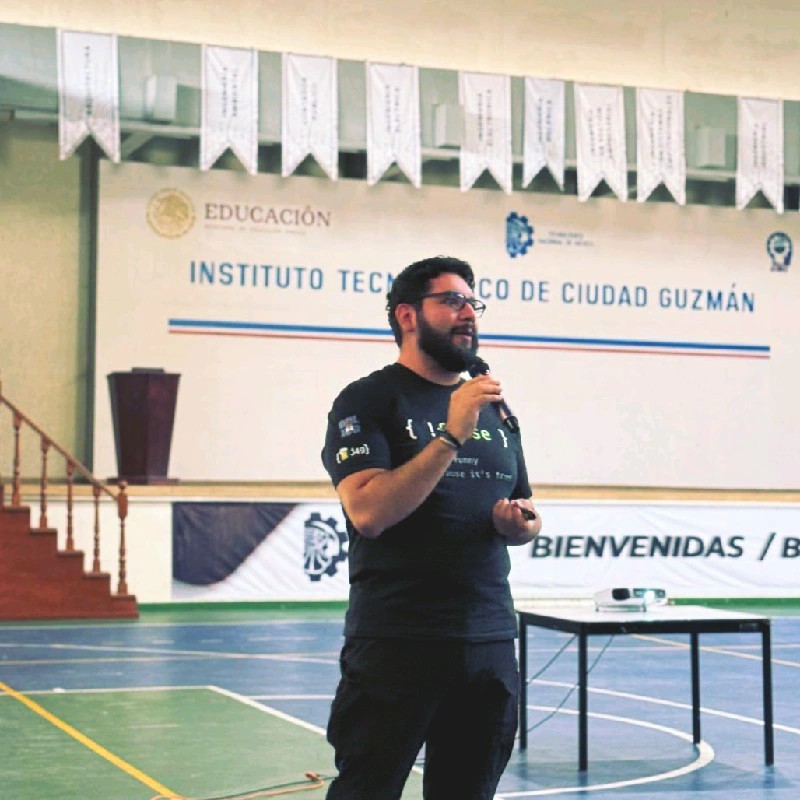
Soy un Kotlin Passionate Developer con experiencia en Android. Participo activamente en comunidades como el J4G, KUG, MDC, donde a veces imparto talleres y otras veces charlas sobre buenas practicas, kotlin en detalle y Android en dos de sus presentaciones mobile y TV.
Kotlin nos promete un código más conciso, expresivo y elegante. Y sí, lo cumple: las funciones inline, las lambdas y las inline value classes nos permiten escribir código más fluido, limpio y cercano a un lenguaje natural. Pero lo que el compilador nos da en legibilidad… muchas veces nos lo cobra en el bytecode. Aqui vamos a desmontar las optimizaciones "invisibles" de Kotlin para descubrir qué tan limpias y eficientes son realmente cuando llegan a la JVM. Analizaremos lo que ocurre detrás del syntactic sugar, explorando cómo estas construcciones afectan el rendimiento, la generación de clases, la trazabilidad en el debugging y la claridad del bytecode. Esta charla es para desarrolladores que quieren escribir código Kotlin de forma más consciente, con una visión crítica de lo que ocurre debajo del capó en la JVM. Porque a veces, optimizar sin entender puede costarnos más de lo que creemos —en rendimiento, en mantenibilidad o en capacidad de diagnóstico cuando algo falla.

En los últimos años he dado charlas de manera regular en eventos relacionados al mundo de la JVM, en particular me gusta explorar el tema de integración de sistemas y recientemente me ha interesado la observabiildad. Sigo de cerca Opentelemetry y creo que pronto será el estandar de facto para la industria. Me gusta participar en este tipo de eventos. Mantengo un newsletter bimestral sobre la JVM en: https://www.linkedin.com/newsletters/6931281718834335744/
OpenTelemetry es un proyecto de la CNCF, en concreto es un framework para implementar observabilidad. El hecho de que sea: "Vendor- and tool- agnostic" a veces en lugar de ayudar a adoptarlo confunde y crea cierta resistencia innecesaria a su difusión. Está formado por varios componentes, y la intención de la charla es mostrar un repaso didáctico de todos estos componentes. Iniciaremos mostraremos sus ventajas y algunos casos de estudio para ayudar a promover su entendimiento y en consecuencia su adopción. Continuaremos viendo todos los componentes para poder iniciar con openTelemetry en un proyecto java. Y cerraremos con una lista de "siguientes pasos" para los interesados en el tema.
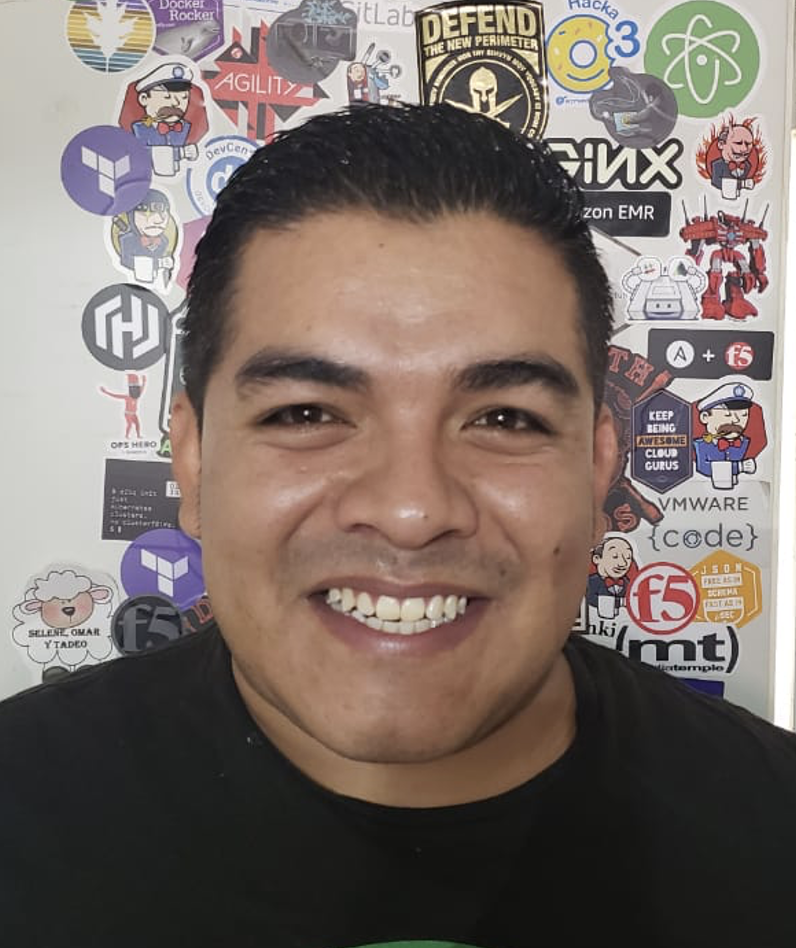
I am a cloud technology expert and DevOps advocate with extensive experience in IT and platform engineering. My mission is to drive innovation through automation, reliability, and scalable architectures. I am passionate about sharing knowledge and building open, collaborative communities that empower engineers to create resilient and efficient systems. Technology should be accessible, transparent, and a force for progress—where everyone has the tools to contribute and grow.
We’ll explore how to use tools like AWS CDK, CodePipeline, Amazon Inspector, Config, CloudTrail, and Lambda to build secure pipelines, detect misconfigurations in infrastructure as code, scan for vulnerabilities in dependencies, enforce compliance policies (Policy-as-Code), and automate remediation workflows. This session includes a live demo showcasing the deployment of an application through a complete DevSecOps pipeline, illustrating how you can achieve continuous security without slowing down development speed.

Gustavo is a software developer currently working on HW validation for high speed IO protocols on bleeding edge server SoCs (Xeon). He is passionate about AI and enjoys participating in challenges and hackathons related to hardware validation, data science, IoT, mobile solutions, and embedded systems.
En esta charla se buscan cubrir las principales características de Playwright for Java y su implementación con JUnit. Se analizaran los beneficios de utilizar esta librería de automatización para validación end-to-end de aplicaciones web modernas y se mencionaran las herramientas adicionales con las que cuenta Playwright: * Codegen * Playwright inspector * Trace Viewer Finalmente se revisará un demo al validar una aplicación web de manera sencilla con Playwright, Java y JUnit.
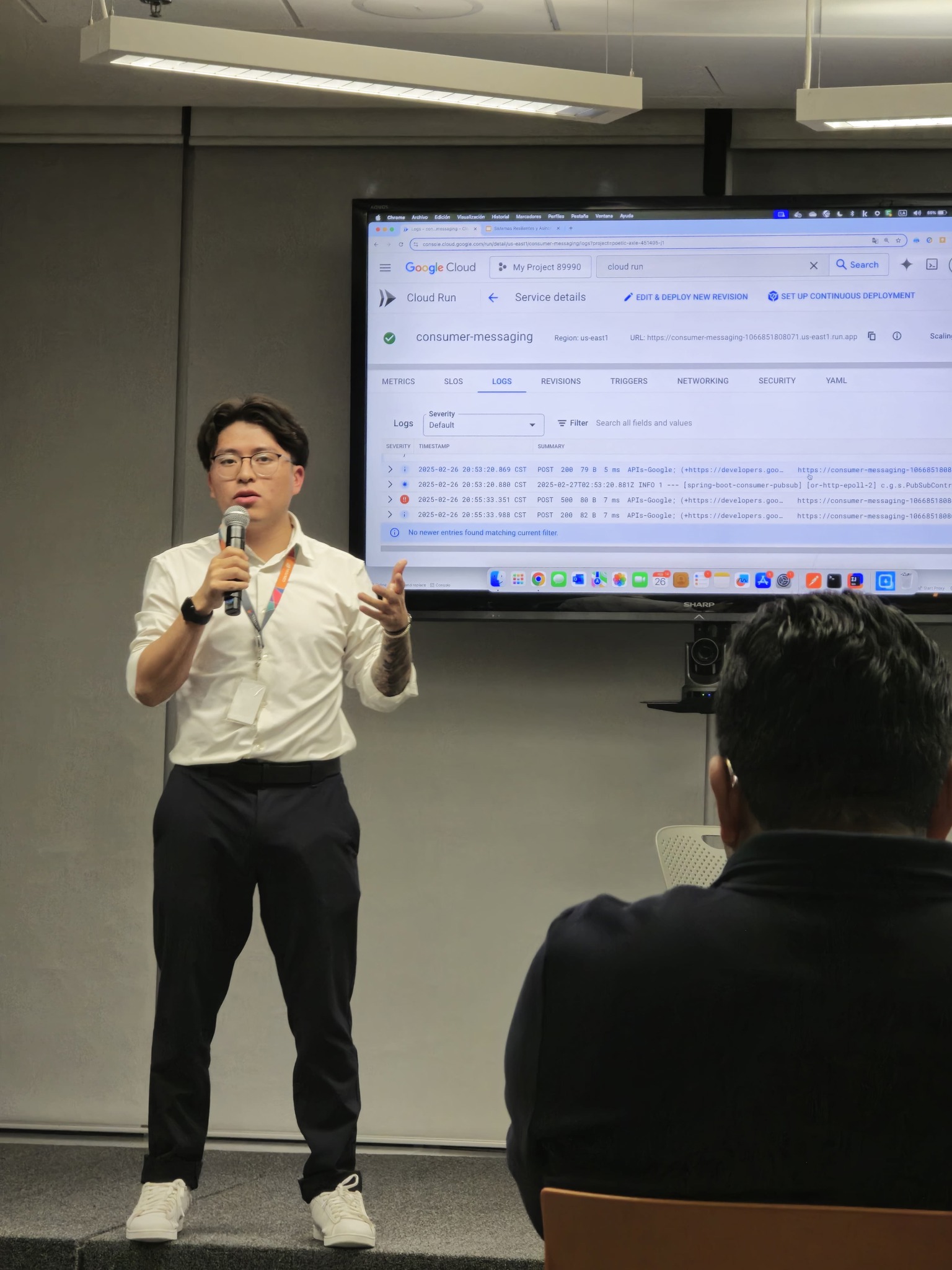
7 años de experiencia como desarrollador, enfocado en el backend, nube y data. Speaker en la comunidad de Java México y profesor en código facilito
Ofrecer un charla sobre cómo las tecnologías de nube están revolucionando la forma de desarrollar, implementar y escalar aplicaciones, haciendo especial énfasis en la integración con Java. Compartiendo experiencias, casos de estudio y las mejores prácticas para aprovechar Google Cloud Platform (GCP) con aplicaciones desarrolladas en Java. Objetivos de la Conferencia: Explorar la transformación digital: El cambio paradigmático que supone la migración hacia la nube y cómo esta transformación está impulsando la innovación en el desarrollo de software. Desglosar el ecosistema de GCP: Conocer las soluciones que ofrece GCP y su integración con herramientas y frameworks basados en Java como Spring y Quarkus. Evaluar ventajas y desafíos: Mostrar las ventajas y desventajas de utilizar Java en GCP, permitiendo a los desarrolladores y arquitectos tomar mejores decisiones.

Dinorah is currently part of Arkham a Data and AI Company, In the past was Head of Mobile and Director of Engineering at Mexican Unicorn, Konfio.mx Before that, she led the mobile engineering teams of Lonely Planet and the Boston Consulting Group. She’s also a speaker at many tech conferences for the community, like Women Who Code, Droidcon, and Kotlin Everywhere.
This is a talk about Maths Grab your notebook cause in this talk, we are gonna talk about Data Science, Maths, and Kotlin! Especially in the power that Kotlin has to run long operations and the power to perform some computing calculations like min, max, and average of numbers stored in a list! - from sumOf {} to multi-dimensional arrays to charts! We are doing Charts and multiple other areas that can help you start or learn about it :D

Victor has more that 18 years working for global companies as an IT resource on different areas, such as Server Filed Support, Sysadmin, Site Reliability Engineer and Solutions Architect. Today works as Sr. Solutions Architect and is specialist on Compute Services like Containers with Kubernetes cluster autoscaler and Karpenter, with the aim to reduce costs. His aim is to help Platform engineering, other Solutions Architects and Applications teams to design, deploy and maintain the right architectures that align to the business goals and gains.
When designing and building applications, we must consider the revenue sources and profit levers. It’s important to find the dimension you’re going to make money over, then make sure the architecture follows the money. The code would work fine and efficiently but if it is expensive to execute, how it will last? On this session I'll deliver strategies and tooling to efficiently execute the JAva code of your containers on Kebernetes and other estraggies your can apply in the cloud. Both Development, DevOps and Platform Engineering teams can definitely leverage these strategies to align to the business goals.
We gratefully acknowledge the support of our sponsors.

Meet the people who make this event possible.
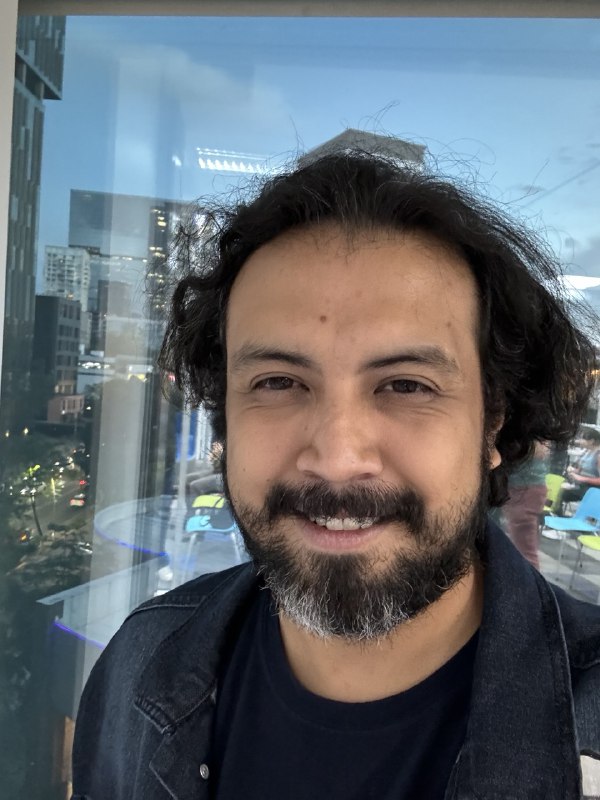
Líder técnico con 12+ años de experiencia, coorganiza la JUG GDL y apoya eventos tecnológicos en Guadalajara.
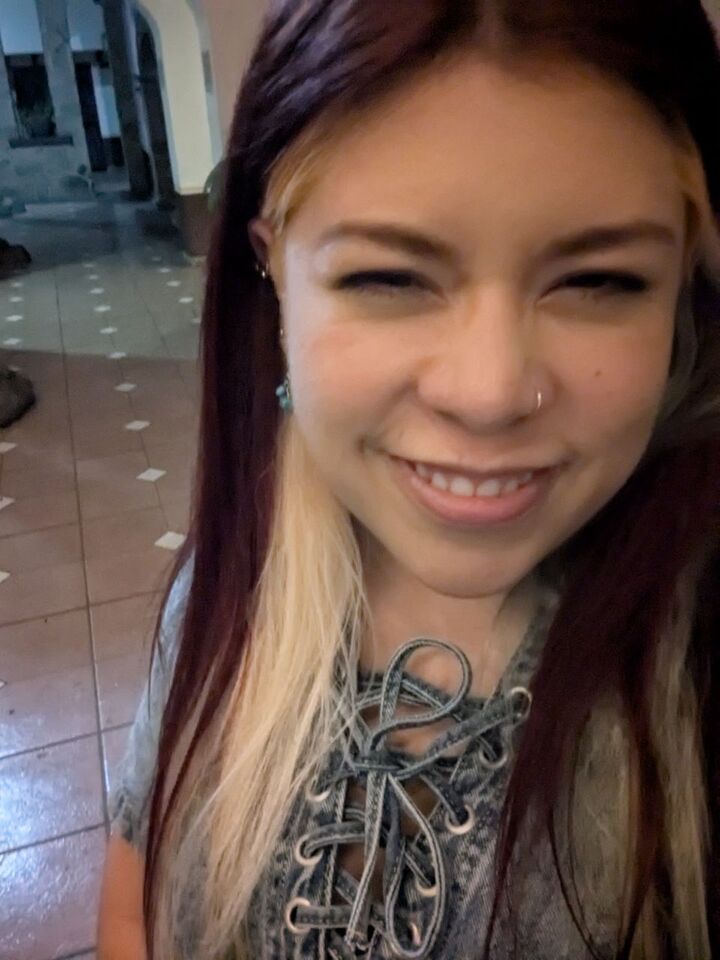
Señora de los plumones. Me gusta hacer arts & crafts. También soy diseñadora y psicóloga.
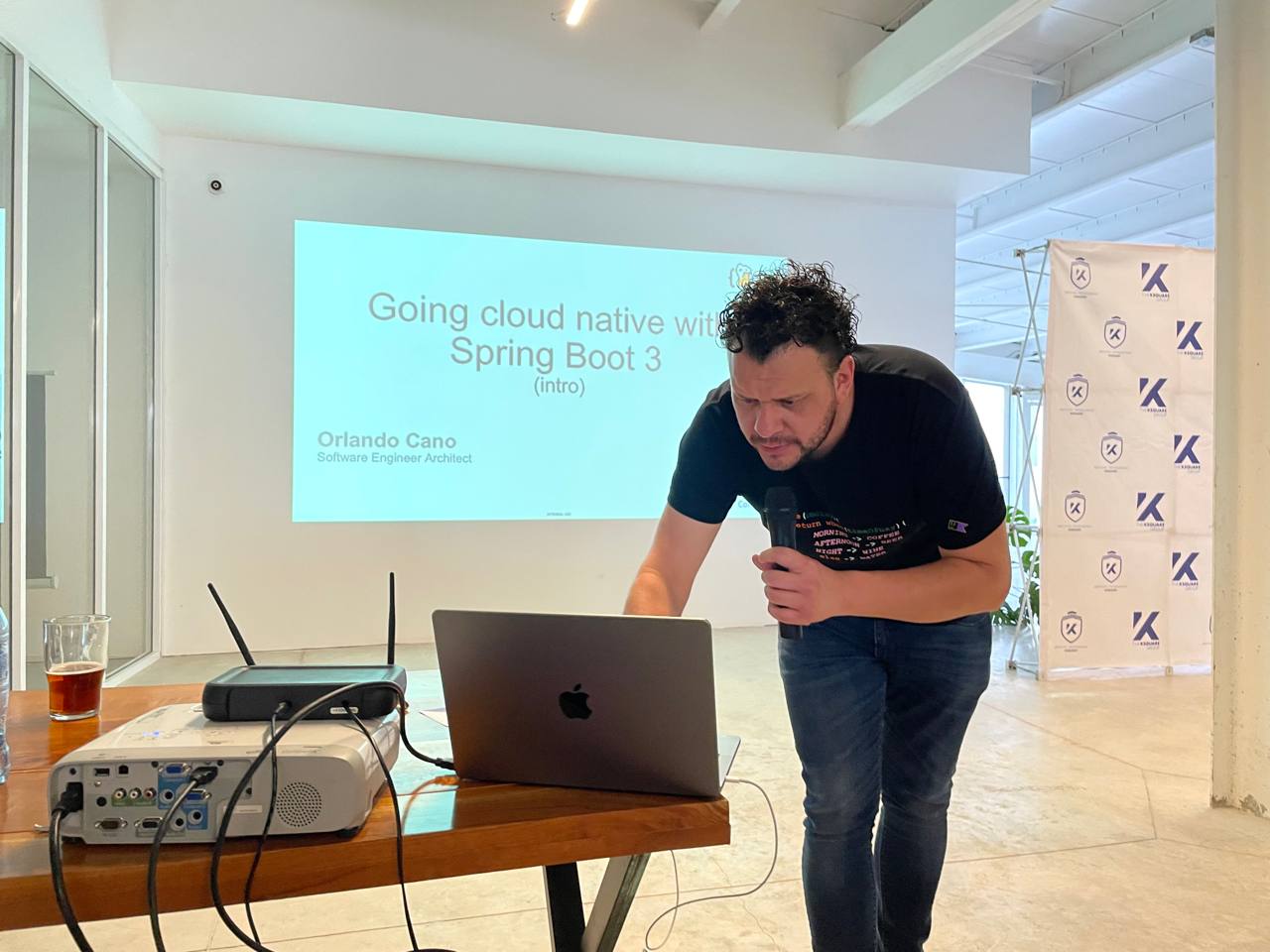
Ingeniero de Software con +14 años de experiencia. Apasionado por compartir conocimiento como co-líder de j4Guanatos y co-organizador de Posadev y JConf México (desde 2017). Tech Instructor con +8 años de experiencia.

Manager de Ingeniería con +17 años en el mundo IT. Conocida por su enfoque en el liderazgo de equipos y su firme creencia en el poder de las soft skills. Parte GDLDEVCOMMS y de la organización de JConf México y POSADEV.
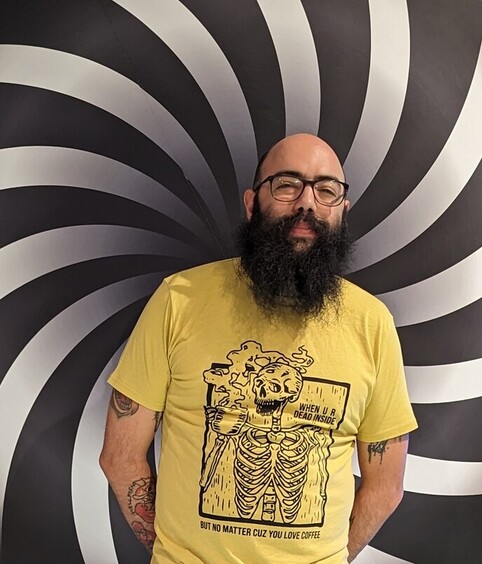
Matematico jugando a que sabe hacer software con 15+ años de experiencia, fanatismo por los lenguajes funcionales. Organizador del Kotlin User Group

Ingeniero de software con 15+ de experiencia en el area y entusiasta de las comunidades, parte de la organizacionJUG GDL.

Creador multidisciplinario, explora la intersección entre tecnología, arte y comunidad. Energético, curioso y un gran jugador de equipo, aporta una perspectiva única al mundo tecnológico